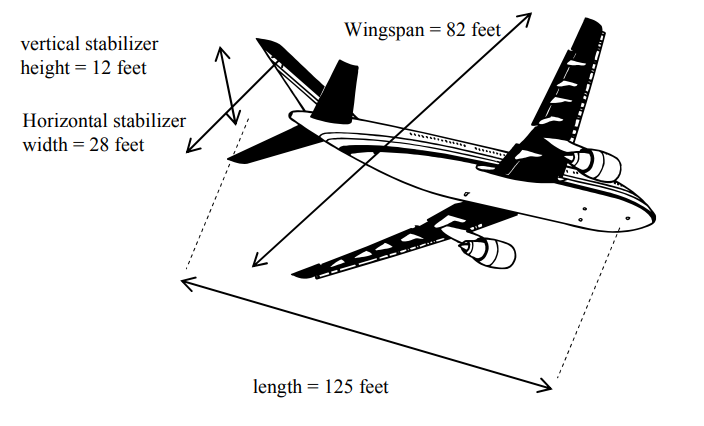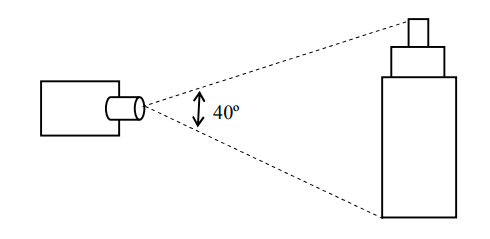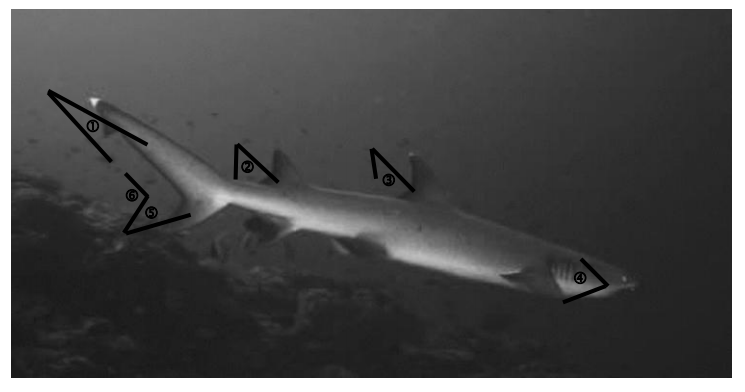Mathematics
Grade Levels: 6th Grade, 7th Grade, 8th Grade, 9th Grade, 10th Grade, 11th Grade, 12th Grade,
Topics: GeometryMeasurement (general)RatiosPercentsDecimals
Common Core State Standard: 6.RP.3c, G-SRT.11, G-MG.3,
Materials:
Sketch paper, graph paper, clay
Download the Teacher Guide PDFLesson:
Summary: Building miniature replicas with a full-scale imagination, Greg Jein reproduces every detail of the Star Trek space vessels. Featured: Greg Jein, model maker. (Movie length: 2:36)
Background: Often, a movie maker wishes to tell a story about something that is not within our everyday experience, whether it be historical fiction or science fiction. To make this possible, there are thousands of companies and individuals whose job it is to build realistic examples of objects that, perhaps, no one has ever seen. Designing and manufacturing these models calls for talent, creativity, chemistry, physics—and mathematics.
Curriculum Connections:
Geometry (solid figures)
This space station model will be made of plastic. Use the information provided to determine how many cubic inches of plastic will be required.

Measurement (length), Ratios
A model of a jet plane is needed. The actual dimensions are given in the diagram below. If the model is to be built at a scale of 50:1, determine the dimensions of the model, in inches:

Trigonometry
A 14 inch tall model of a building is to fill 40º of the field of view of the camera lens. How far away from the lens should the building be placed?

Percent
When you pour hot plastic into a mold to make a model, it shrinks as it cools. Suppose that the shrinking percentage is 0.5%. If the dimensions of the mold are 150 cm by 15 cm by 35 cm, what will the dimensions of the model be?
Geometry (volume), Decimals
A scene in a movie requires a plastic model of a planet which is to have a radius of 52 inches. If the model is made of solid plastic with a density of 0.038 pounds per cubic inch, what will it weigh? If the model is to be supported by ultra-thin wires which can each hold a weight of 0.32 pounds, how many wires will be required?
Geometry (angles)
This is an image of a shark, of which a model is to be made. Measure each of the indicated angles.

E-mail Printout
From: Griffith@BigStudio.com
Addressee: JMarks@BestProps.com
Subject: Set props for “Jack and the Beanstalk”
Jesse,
Good to talk to you yesterday. I’m glad you’re as excited about this new movie idea as we are.
But we still need to convince the big guns that this is worth putting money into. So I want to shoot some photos of one scene to show the concept.
What I’m interested in is the scene where the Giant is snooping around in Jack’s Manhattan apartment. We’ll need a collection of typical apartment- type objects for a living room and kitchen, all at 1/3 scale.
Remember that the picture is set in the year 2014, so these things will need to be designed with some sort of a new look.
However, the things still need to look real. Factors like the distance between the mouthpiece and earpiece on a telephone or the relative size of a handle on a coffee maker have to look right. So I’d like you to start by getting the appropriate measurements on real objects and take those into account in your designs.
Before we invest time and money into making realistic models, let’s start with clay. Please have your team do a collection of, say, 10 to 20 objects in clay for Jack’s apartment.
My assistant will call you to let you know the timetable on this one.
This show is going to be bigger than “Birth of a Nation”. I’m sure there’s an Oscar in it for both of us.
Best,
Grif.
Procedure: This activity is best done by students individually or working in teams of two. Distribute the handout and ensure that students understand what is called for. Discuss the terms “scale” and “similar”.
You may assign to different teams the task of creating models of different objects. Possible objects: telephone, coffee maker, answering machine, TV remote control, toaster, etc.
Tell all students teams that their first task is to produce accurate sketches of the real objects, showing the measurements of all dimensions, and noting which dimensions will need to remain the same in the futuristic objects.
Once you have approved these drawings, students should make drawings of the new object to be made, showing all full-size dimensions.
When these are approved, students can go on to making clay models at 1/3 the size indicated by their drawings. (This step may be omitted if impractical.)
